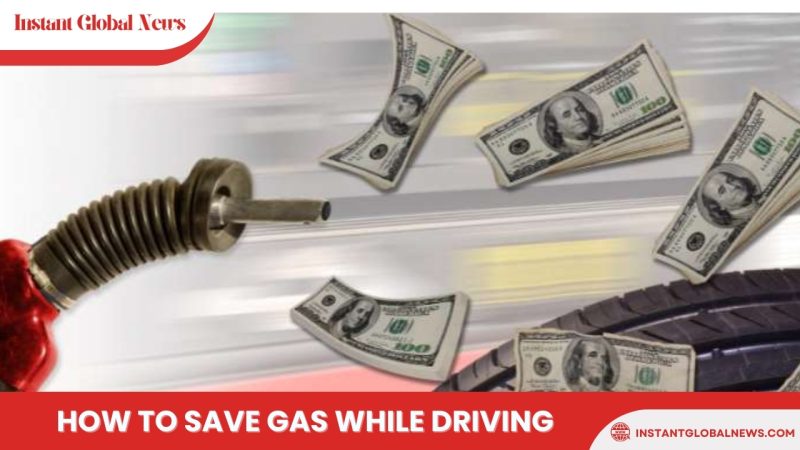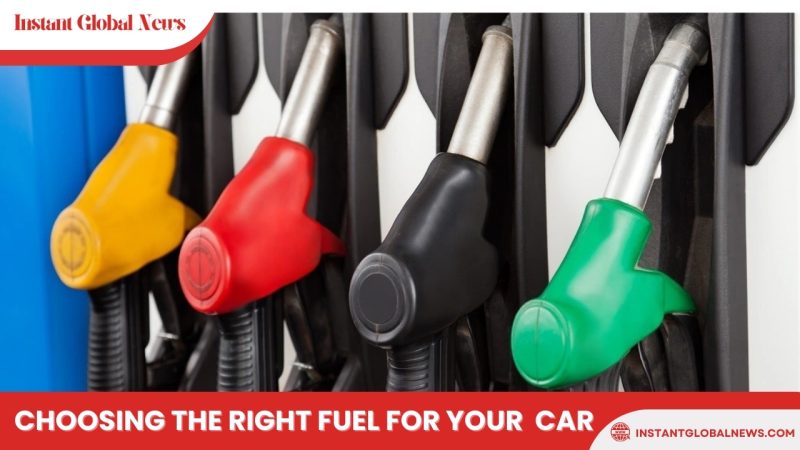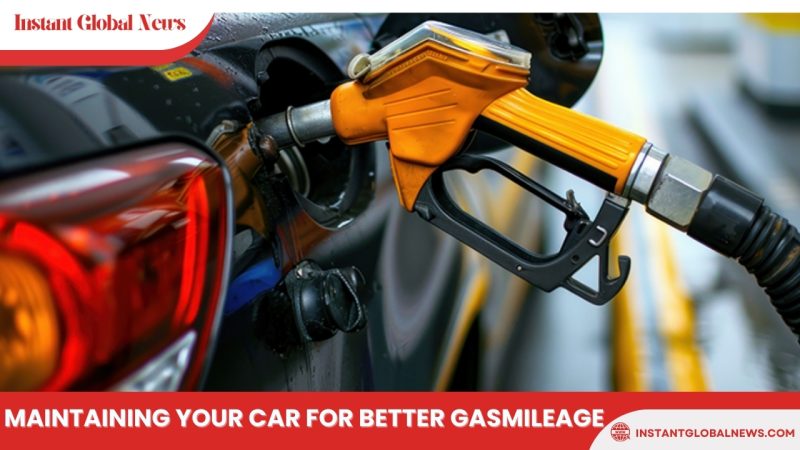Gas prices tend to rise during the summer months due to increased travel and maintenance shutdowns at refineries. Additionally, natural disasters like hurricanes and wildfires can disrupt oil production and transportation. To combat rising costs, many people seek out gas-saving tips. However, not all tips are created equal. In this article, we’ll debunk seven common myths about saving gas and provide seven tips that actually work.
7 Myths about Gas Mileage
Skip these suggestions. They don’t really work and may waste time and money.

- Keep your tank full to prevent evaporation. Letting your gas gauge approach empty is never a good idea. But the theory that topping off your tank prevents fuel evaporation is bunk. Modern cars are all equipped with vapor recovery systems that minimize loss.
- Buy gas early in the morning. The theory is that, because liquids become denser at cooler temperatures, you’ll get more for your money by filling up in the a.m. But gasoline is stored in underground tanks where the temperature is regulated. The roads may be less crowded in the morning, though, which could save you from wasting gas idling in traffic.
- Replace your air filters often. Once again, this is a tip that may have worked once, but no more. Older cars filtered air into the carburetor, so a clogged filter could impact mileage. But today’s engines have fuel injectors and other technology that carefully regulate the air-to-fuel ratio.
- Overinflate your tires. If your buddy insists overinflating your tires will decrease resistance and save you on gas, tell them to hit the brakes. As little as 10 pounds per square inch over the manufacturer’s recommended levels narrows the “contact patch,” where the tire touches the road. That means less traction, a greater braking distance, and more wear on the tires themselves, which ultimately eats up any negligible savings on gas.
- Change your oil frequently. It’s a common misconception that if you’re due for an oil change, your car’s gas mileage will suffer. While it’s best to keep up with maintenance, don’t expect your mileage to improve after a trip to Jiffy Lube.
- Lower your tailgate. Pickup drivers like to claim that lowering your truck’s tailgate is better for aerodynamics and thereby improves gas mileage. But according to General Motors’ aerodynamics lab, up is better. “As air flows over the truck, it falls over the cab and pushes forward on the rear of the truck,” the company said. “With the tailgate down, the benefits of that airflow are diminished.”
- Buy fuel additives or a “fuel economizer.” The Federal Trade Commission cautions consumers that claims by makers of devices and additives that promise to increase gas mileage “are either false or grossly exaggerated.” After testing more than 100 such products, the FTC didn’t find any that significantly improved mileage. Devices installed in your engine may even break the law by circumventing emission standards.
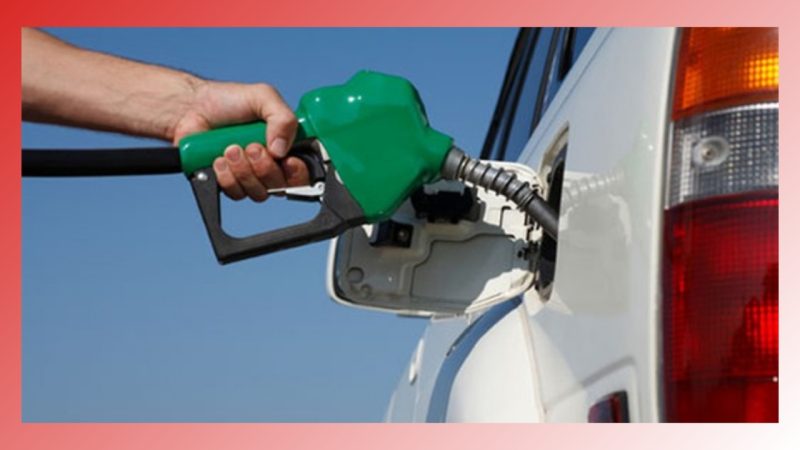
7 Gas-Saving Tips That Really Work
- Slow and steady wins the race. Fast acceleration burns gas at a quicker rate than driving at a slower, more consistent pace. If you can maintain a constant speed, it will help you save gas. Vehicles are most efficient at between 55 and 60 miles per hour. Anything above that starts to deplete a car’s efficiency.
- Use cruise control when possible. It’s an easy way to maintain a constant speed, instead of slowing down and speeding up to get back to 55 miles per hour. It’s best to use cruise control when you’re driving on a flat road with no stops, like a highway.
- Turn off your car at red lights and other long stops. Not only does it save on gas, but it reduces carbon dioxide emissions. Today’s starters are more robust than those in older cars, so wear and tear are not significant concerns.
- Conserve air conditioning. Air conditioning use can reduce your fuel economy by more than 25%. Using the air conditioner is fine on the highway and at higher speeds, but if you’re driving city streets, where you may be moving slower or idling more often, consider leaving the windows open instead.
- Take racks off your car when you’re not using them. Larger luggage racks on top of your vehicle can impact aerodynamics and decrease gas mileage. Smaller bicycle and ski racks are generally okay to leave on.
- Keep tires properly inflated. Properly inflated tires can improve gas mileage by up to 3%. Low tire pressure increases friction and forces the engine to work harder, resulting in lower fuel efficiency. Most cars are equipped with a tire pressure monitoring system to alert you when a tire is low.
- Combine trips while running errands. Planning multiple errands in one trip can reduce the overall mileage and increase fuel efficiency. It’s also best to run errands when your car’s engine is already warmed up.
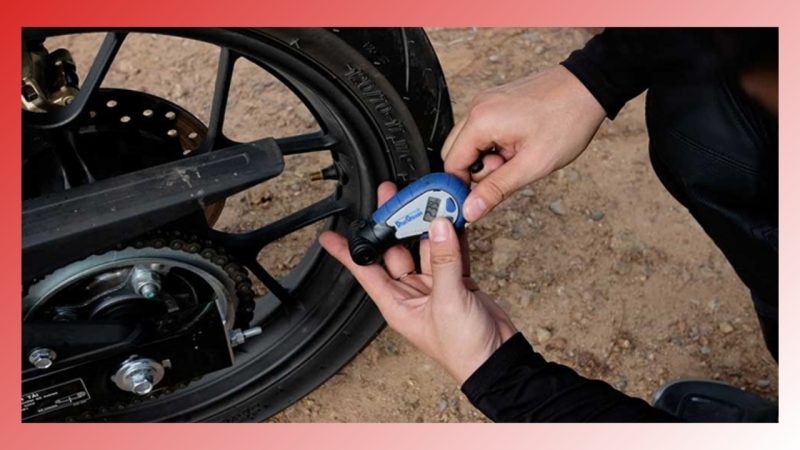
FAQs
Q: Do any fuel additives significantly improve gas mileage?
A: No, according to the Federal Trade Commission, claims made by makers of fuel additives that promise to increase gas mileage are either false or grossly exaggerated. The FTC tested more than 100 such products and did not find any that significantly improved mileage. Some devices installed in your engine may even break emission standards.
Conclusion
Saving gas is a common concern for many people, especially when prices are on the rise. By debunking common myths and focusing on tips that actually work, you can make a significant difference in your fuel efficiency. Remember to maintain a consistent speed, use cruise control when possible, turn off your car at long stops, conserve air conditioning, remove unnecessary racks, keep tires properly inflated, and combine trips while running errands. Follow these guidelines, and you’ll be well on your way to saving gas and driving more efficiently.

